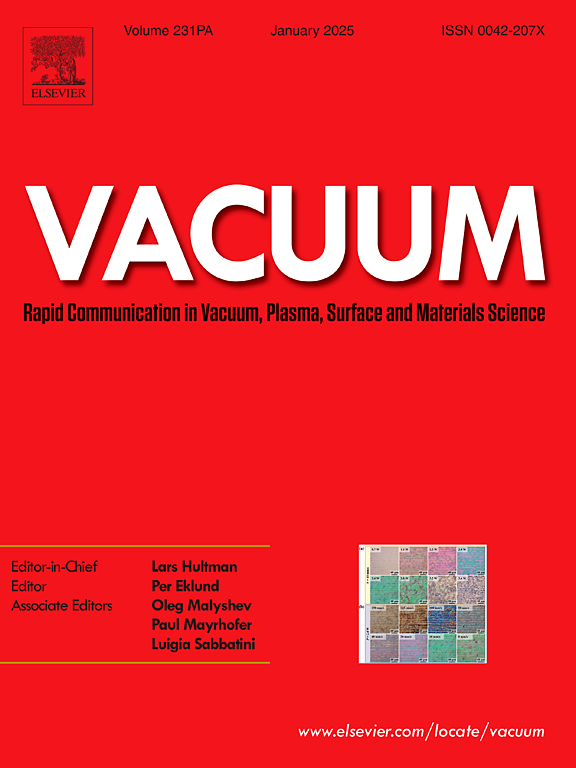(HfNbZrTaW)C5 high entropy carbide ceramics by spark plasma sintering for shielding materials of spent fuels
IF 3.8
2区 材料科学
Q2 MATERIALS SCIENCE, MULTIDISCIPLINARY
引用次数: 0
Abstract
For the transportation and storage of spent fuels, where significant levels of neutron and gamma radiation are encountered, shielding materials are essential. In this paper, a new type of (HfNbZrTaW)C5 high-entropy carbide ceramics with face-centered cubic rock-salt structure was designed and prepared as an integrated shielding material for both neutron and gamma ray protection, intended to replace the existing lead and epoxy resin. A single-phase (HfNbZrTaW)C5 pellet with the best oxidation resistance was synthesized at 1700 °C by spark plasma sintering (SPS), achieving a theoretical density of 98.51 % and a hardness value of 25.28 GPa. Incorporating 10 wt % ZrB2 into (HfNbZrTaW)C5 ceramic sintered at 1700 °C can significantly enhance its the neutron absorption capacity, thermal conductivity, and oxidation resistance, positioning it as a potential integrated shielding material for spent nuclear fuels.
求助全文
约1分钟内获得全文
求助全文
来源期刊

Vacuum
工程技术-材料科学:综合
CiteScore
6.80
自引率
17.50%
发文量
0
审稿时长
34 days
期刊介绍:
Vacuum is an international rapid publications journal with a focus on short communication. All papers are peer-reviewed, with the review process for short communication geared towards very fast turnaround times. The journal also published full research papers, thematic issues and selected papers from leading conferences.
A report in Vacuum should represent a major advance in an area that involves a controlled environment at pressures of one atmosphere or below.
The scope of the journal includes:
1. Vacuum; original developments in vacuum pumping and instrumentation, vacuum measurement, vacuum gas dynamics, gas-surface interactions, surface treatment for UHV applications and low outgassing, vacuum melting, sintering, and vacuum metrology. Technology and solutions for large-scale facilities (e.g., particle accelerators and fusion devices). New instrumentation ( e.g., detectors and electron microscopes).
2. Plasma science; advances in PVD, CVD, plasma-assisted CVD, ion sources, deposition processes and analysis.
3. Surface science; surface engineering, surface chemistry, surface analysis, crystal growth, ion-surface interactions and etching, nanometer-scale processing, surface modification.
4. Materials science; novel functional or structural materials. Metals, ceramics, and polymers. Experiments, simulations, and modelling for understanding structure-property relationships. Thin films and coatings. Nanostructures and ion implantation.
 求助内容:
求助内容: 应助结果提醒方式:
应助结果提醒方式:


